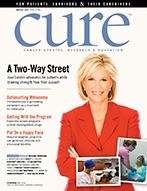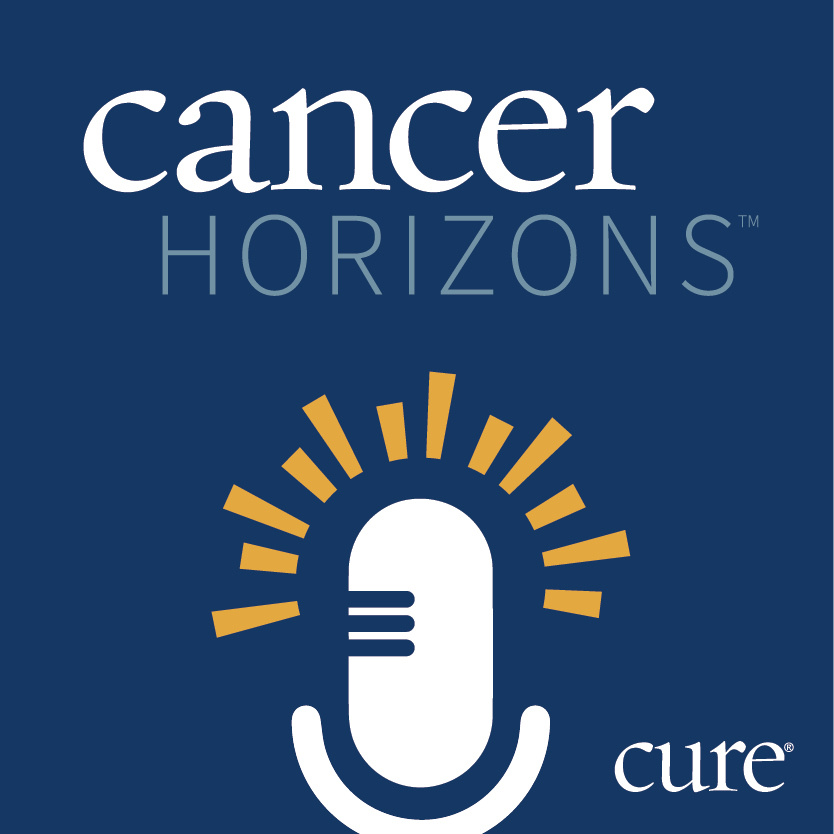News
Article
CURE
Study Highlights Geographical Differences in Cervical Cancer Incidence
Author(s):
Key Takeaways
- States with high cervical cancer rates show low HPV vaccine uptake among adolescent girls, impacting cancer prevention efforts.
- The HPV vaccine is essential in preventing cervical, anal, vaginal, and vulvar cancers, yet uptake remains low in high-risk areas.
States with the highest incidence of, and mortality from, cervical cancer also have the lowest uptake of the human papillomavirus (HPV) vaccine by adolescent girls, researchers found in a recent study.
States with the highest incidence of, and mortality from, cervical cancer also have the lowest uptake of the human papillomavirus (HPV) vaccine by adolescent girls, researchers found in a recent study. The vaccine can help prevent the development of cervical, anal, vaginal and vulvar cancers.
The study was presented at a conference on the Science of Cancer Health Disparities in Racial/Ethnic Minorities and the Medically Underserved, hosted by the American Association for Cancer Research.
In addition to the association of a lower HPV vaccination rate with higher percentages of black and lower-income residents, “Our data show that adolescent girls remain vulnerable to disease in areas where women already have a higher risk of developing and dying from cervical cancer. If more adolescents, both girls and boys, in these states received an HPV vaccine, their risk of HPV-related cancers would drop dramatically,” says Jennifer L. Moss, a doctoral student in the Department of Health Behavior at the University of North Carolina Gillings School of Global Public Health.
“We hope that the findings of our study impress upon clinicians, especially those practicing in states with higher cancer rates, that cancer prevention means recommending HPV vaccination to adolescent patients at every visit.”





